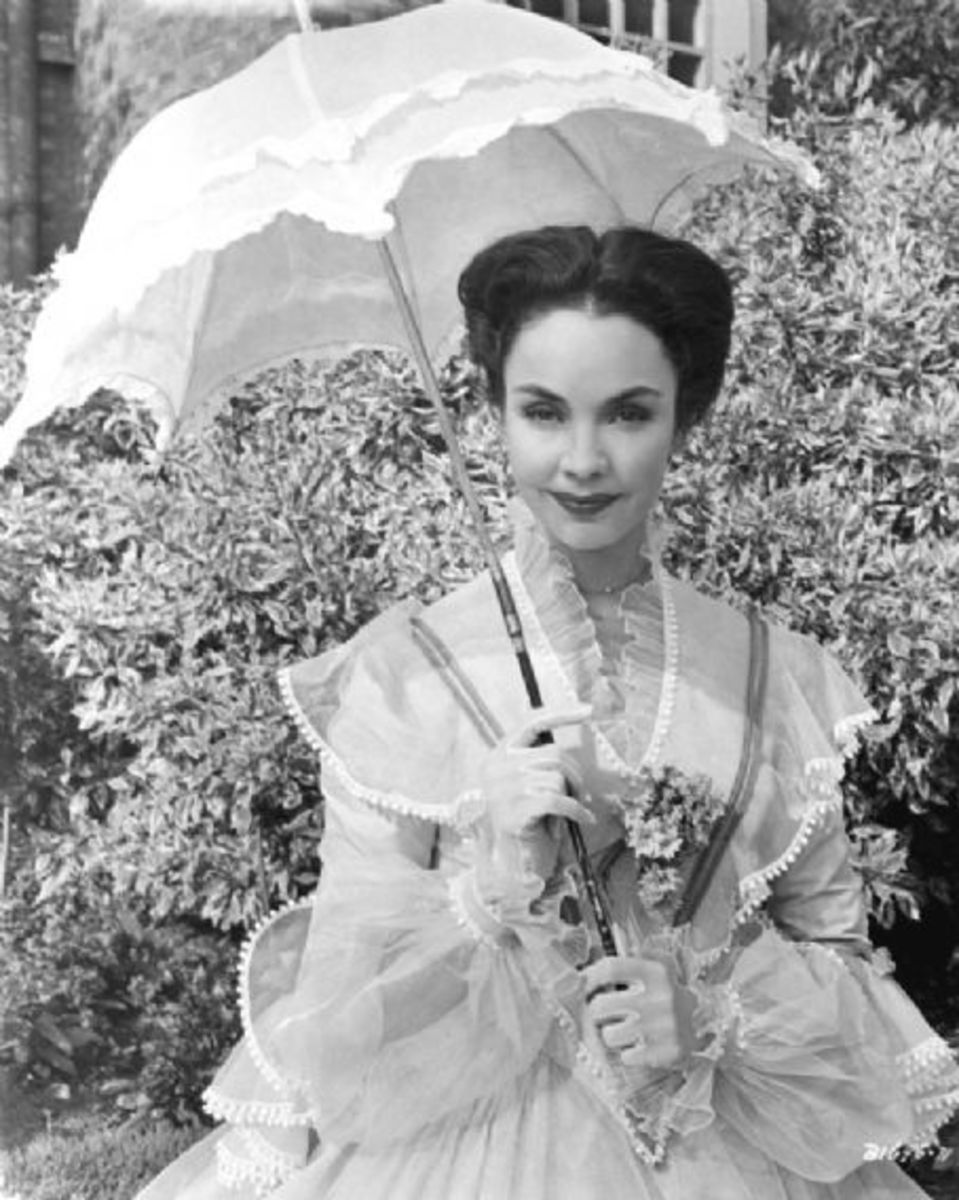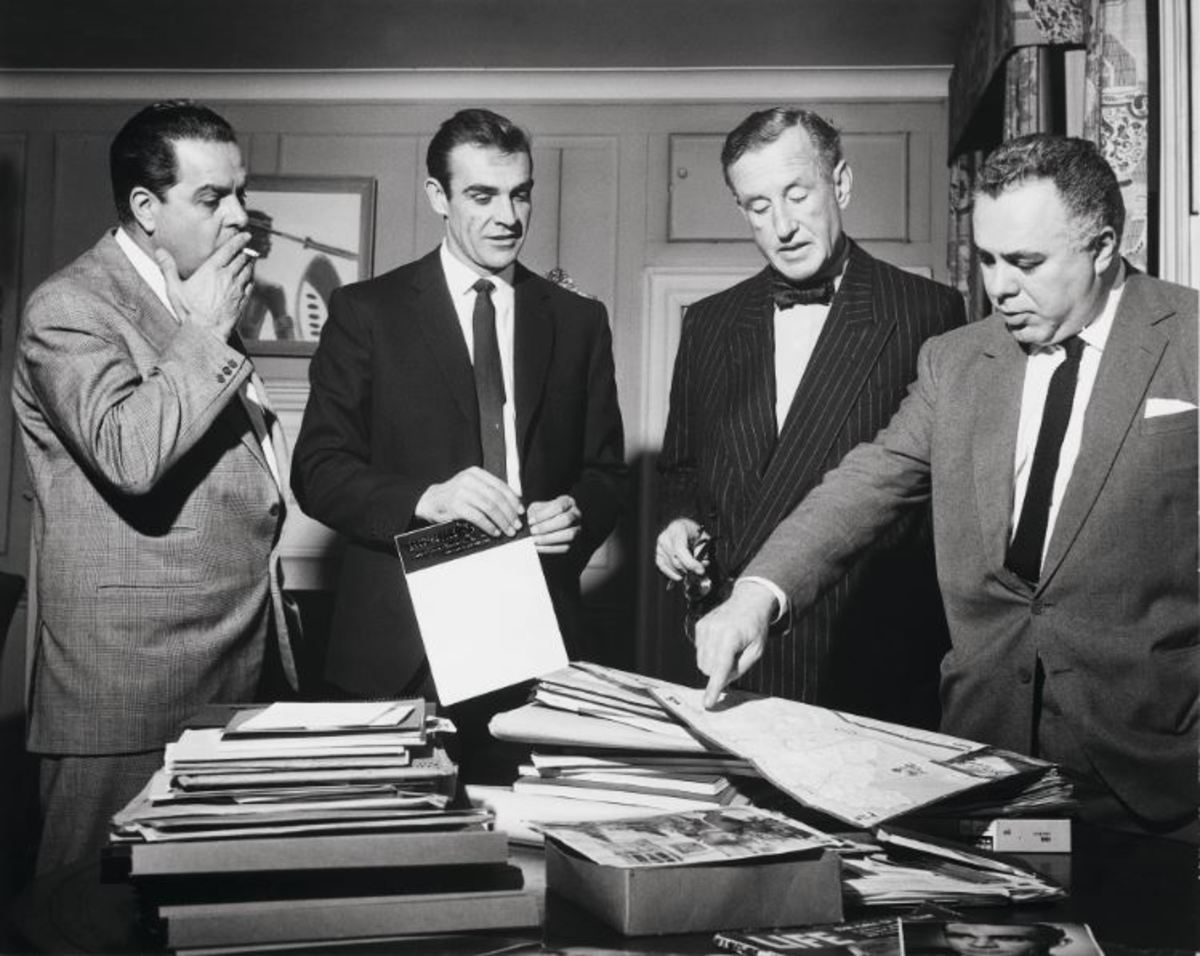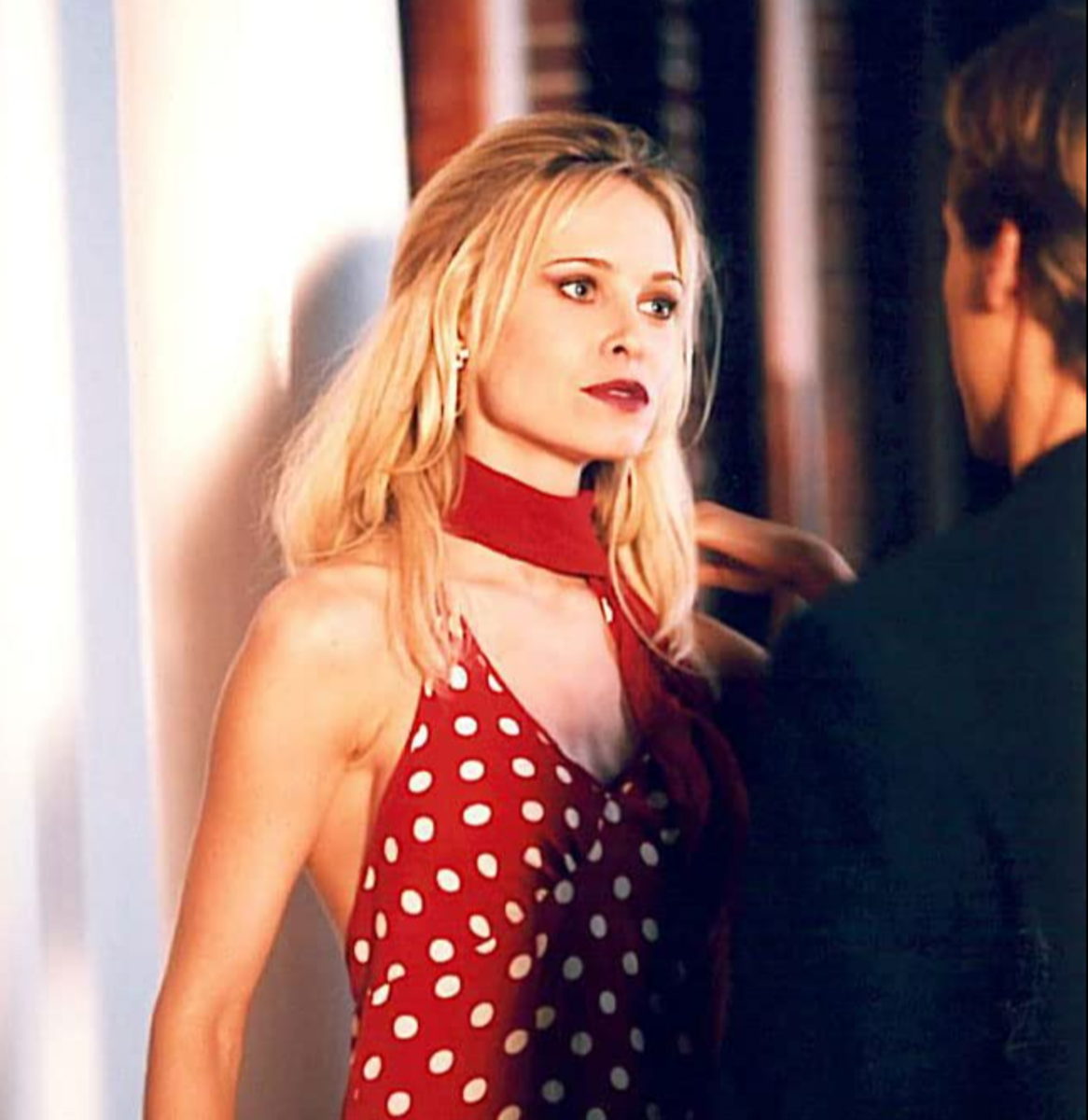Gone With the Wind: Still Breezing at Seventy-Six
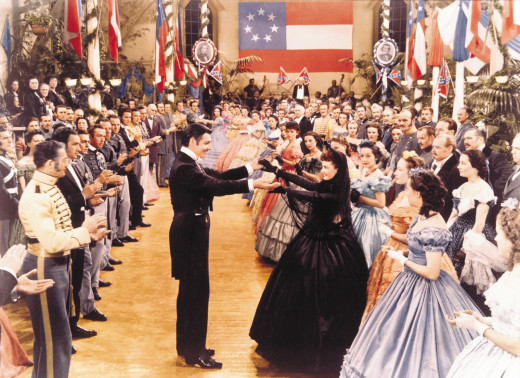
On November 7, 1976 the highest rated program which had ever aired on a single network in the history of television up to that time made its network premiere on NBC.
It was a 37-year-old movie about a war that had ended 111 years earlier. Most of the people associated with its production were, even by then, already long dead.
Imagine that today a movie from 1978, 37 years ago, were to be shown on television and that it would be the highest rated program of the last 50 years. You can’t imagine it, because that would be impossible.
I remember distinctly the fanfare associated with the first-ever TV broadcast of Gone With the Wind. I was a small child then but I knew it was an important milestone. Not only was the movie set in my hometown of Atlanta, but it had been adapted from a book penned by a local author, Margaret Mitchell, a former writer for The Atlanta Journal. It had been shown for the first time in an old Atlanta theater named the Loew's Grand. Its stars and its production team had attended the premiere and this had been one of the biggest events in the history of the town where I was from.
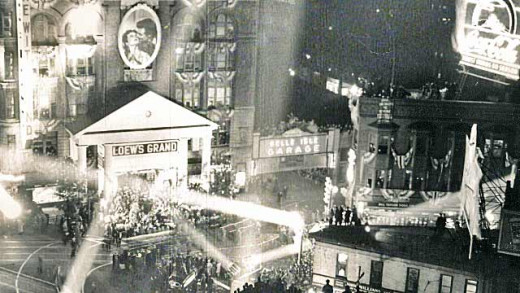
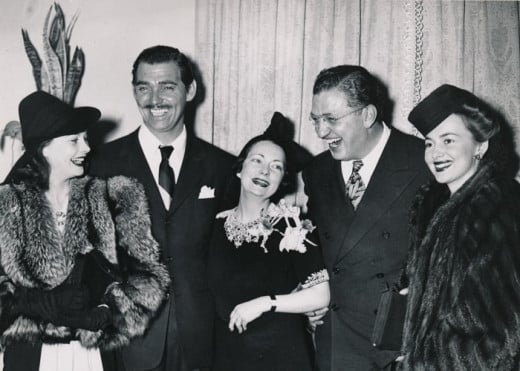
As I watched the spectacle on the small screen my childhood mind understood that it was different than any modern piece of entertainment and was from a past era that really was gone with the wind. I realized the dramatic nature of the events and images which it featured. And years later when I saw it in the magnificence of Atlanta’s Fox Theater, the closest existing cinematic equivalent to the Loew's, which had been demolished after a fire in 1978, I was swept away by the spectacle of the film: the lavish costumes, Max Steiner's grandiose musical score, the eye-pleasing kaleidoscope of the Technicolor parade onscreen.
But I never really grasped the extent of its accomplishment.
I must have seen the movie about seven or eight times between 1976 and 1996, mostly in revivals in movie theaters. I thought I had seen it as many times as I could possibly enjoy seeing it. A family member gave me a DVD of the film about ten years ago. I didn’t play the DVD until last week. And it was only then, nearly forty years after my first exposure to it, that I finally came to a clear understanding of what made Gone With the Wind unique and more popular and enduring than any other in the history of the medium.
To start off with, every technical detail about this movie is superlative. No expense was spared to get the costumes authentic, the lighting exact, the right actors for the right parts, the best writers, the slickest music, the most artful direction, the most absolute historical accuracy. In viewing it now, I’m struck by how finely interwoven all the threads in the movie are. The actors don’t seem to be acting. They ARE the characters they’re playing. The music doesn’t seem to come from an orchestra. It seems as inherent as light and air. The dialogue doesn’t seem to be written. It seems to be flowing directly from the emotions and sensibilities of the characters speaking it. The story doesn’t seem to be a re-enactment of history. It actually seems to be history itself.
That it all came together seamlessly is perhaps as much due to blind luck and serendipity as to the tireless efforts of David O. Selznick, the producer and mastermind behind Gone With the Wind.
Selznick’s brother, Myron, among the first Hollywood agents, happened to find Vivien Leigh to play Scarlett O’Hara. The public happened to demand that the part of Rhett Butler be played by Clark Gable, under contract with the Metro Goldwyn Mayer studio, which necessitated distributing the film through MGM rather than Selznick’s independent company. Despite bickering over the script and the direction, Selznick happened to be helped by many people who never received credit. The screenplay was originally written by Sidney Howard, though it was later extensively edited by Ben Hecht and others. The final director was Victor Fleming, but George Cukor, who originally had the title before being replaced because Selznick was unhappy with his slow pacing, continued to coach Leigh and Olivia de Havilland on the side while Fleming did the official duties.
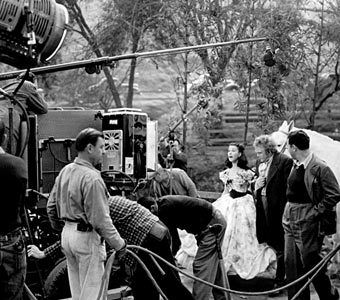
And then there are the secret nuances of this movie which add to its fascination for me now in ways that I didn’t appreciate when I was younger. Take the example of director Victor Fleming. He must be the most underrated director ever. His name is almost totally unknown to the public today and yet in the same year (1939), he directed what may be the two most popular and best known movies in the annals of cinema: Gone With the Wind and The Wizard of Oz. And while cynics might say he was simply a producer’s foot soldier in both of these projects, and not the creative force of contemporaries like Frank Capra and Alfred Hitchcock, or later descendants like Stephen Spielberg and Oliver Stone, the fact remains that he must have had a large role in shaping the projects under his watch. One would have to be blind to deny that either of these classics would have been what they became without Fleming’s contributions, however collaborative.
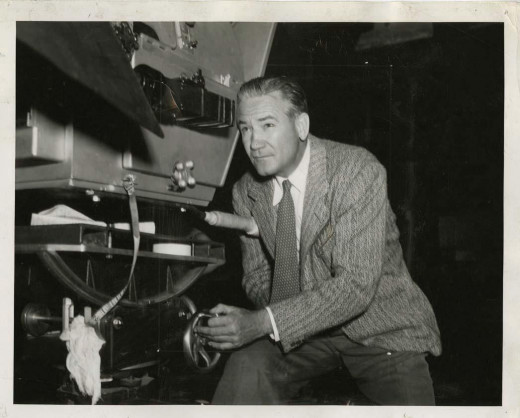
Of course a modern audience is also likely to be aware of certain flaws that were not as evident during the era in which Gone With the Wind was made. The portrayal of blacks in particular is likely to seem patronizing if not demeaning to some. The institution of slavery, which was the ultimate basis of the Civil War, is never seriously questioned. However, on both of these counts, we must remember that the movie is an adaptation of a novel, not a totally independent work unto itself. The novel was written from a white Southern point of view, had the biases of that point of view, and was often shamelessly in awe of the mythology of antebellum Southern plantation society.
Selznick had no desire to tamper with Margaret Mitchell’s wildly popular mythology. His filmed version of her book is about as close as any movie has ever been to a literal rendering of a book onto film. The only significant difference is that in the book Scarlett has one child by each of her first two husbands, Charles Hamilton and Frank Kennedy, but in the movie is childless when she marries Rhett Butler.
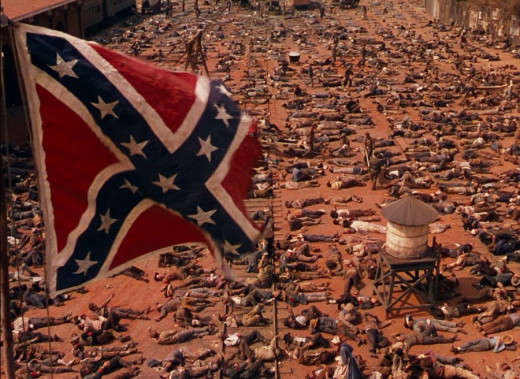
Another and perhaps more difficult shortcoming to explain is the relative weakness of Leslie Howard’s portrayal of Ashley Wilkes. At 46, Howard was much older than the ideal age for the character. This, in some respects, undermines the credibility of the entire plot. We find it impossible to understand what Scarlett sees in Ashley, why she clings to him, what qualities in him would create such an obsession. As Howard plays him, he is neither handsome, witty nor charismatic, particularly in comparison to Gable’s version of Rhett Butler. Even his honor is questionable; he continues to feed Scarlett’s obsession with tidbits of encouragement, hugs and kisses her in several scenes, and even confesses love for her. This seems all the more absurd in the final scene between them when he admits to Scarlett that his dying wife Melanie was everything he had in life. It’s at this point that he seems a downright scalawag.
Part of the problem was Howard’s personal revulsion for the part. He allegedly bartered with Selznick to get a role with Ingrid Bergman in Intermezzo, and in exchange for that role he agreed to play Ashley Wilkes. Just why Selznick wanted Howard for Ashley is one of the movie’s great unexplained mysteries. Perhaps the producer was taken in by Howard’s portrayal of The Scarlet Pimpernel (1934), in which the actor was charismatic, heroic and dashing in ways that would astound most viewers of Gone With the Wind. Or perhaps he was swayed by Howard’s presence in real life, which was said to be much more impressive than Clark Gable’s. Another fascinating curiosity about the movie is that, behind the scenes, Vivien Leigh had a crush on Leslie Howard, but found Clark Gable dull and uninteresting.
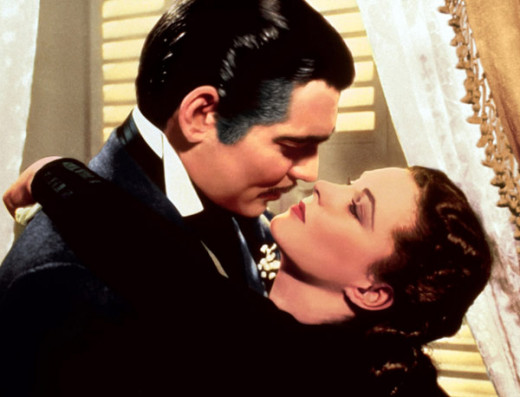
In any event, the great classic of Hollywood’s golden age continues to captivate modern audiences three quarters of a century after its release, and with good reason. It is one remarkable scene after another, both visually and dramatically; great characters speaking memorable words; brilliant imagery and precise historical detail; and all against a backdrop of war, desolation and renewal. It’s a combination no other filmmaker has ever been able to duplicate since.
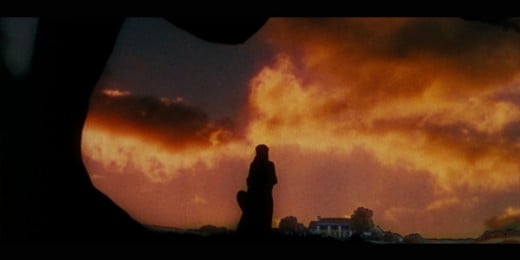
© 2015 James Crawford

